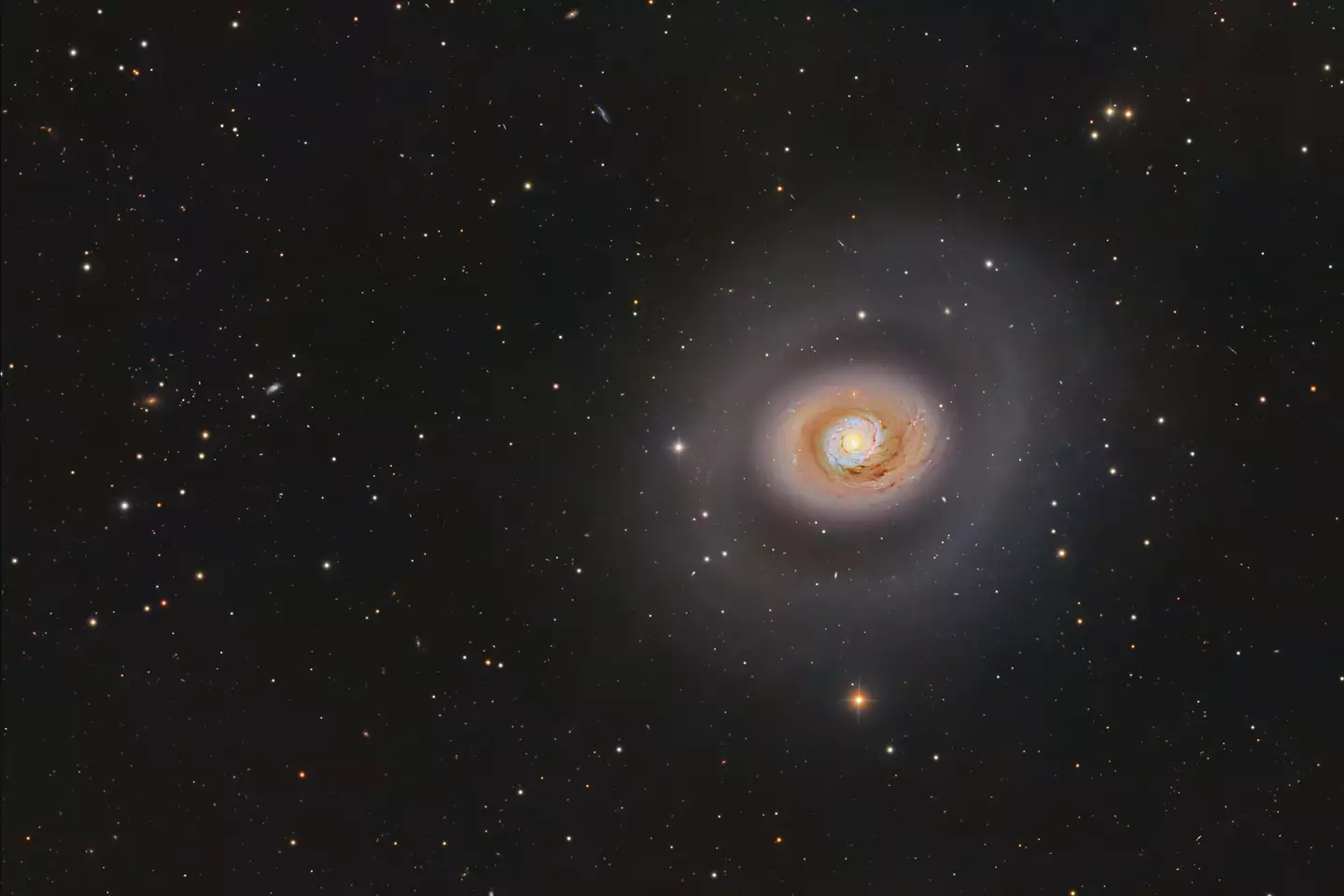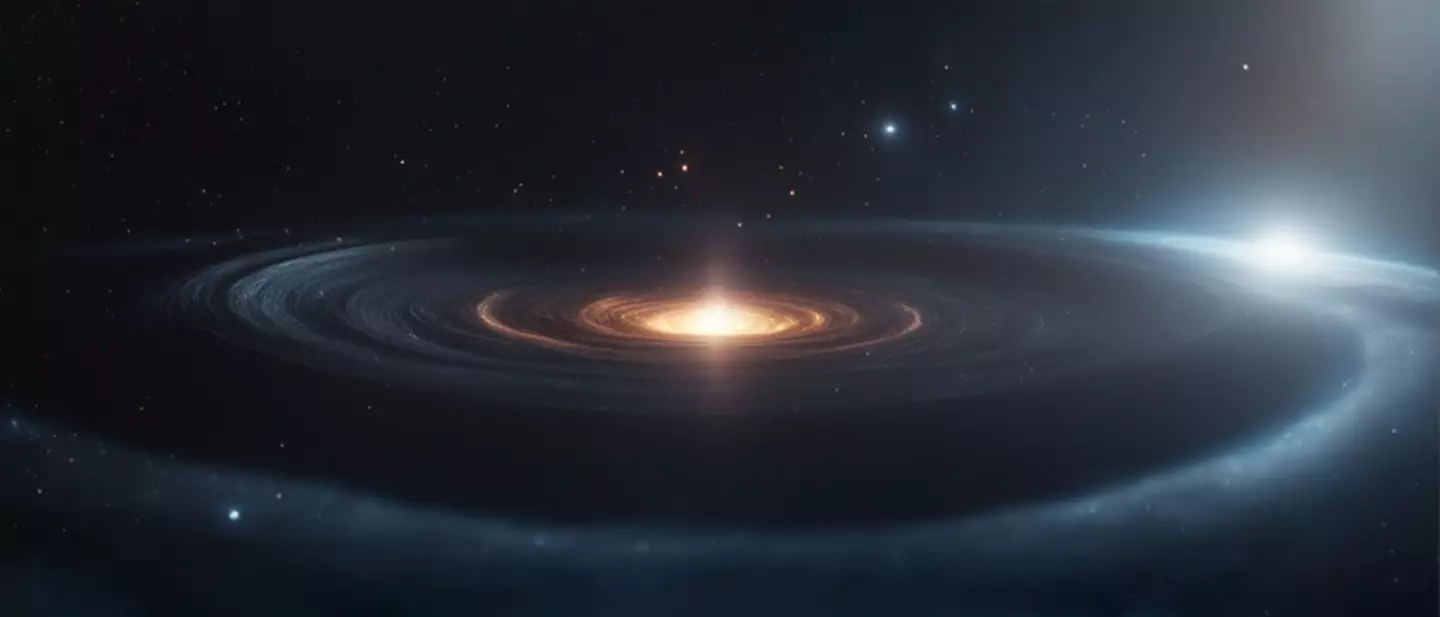
Scientists have made a miraculous discovery in the depths of space as a new radio signal stretching back 13,000,000,000 has been uncovered, and it could provide critical answers about the formation of the universe as we know it.
It remains understandably challenging for scientists and astronomers to properly understand how our universe formed and the developments that were made to get us where we are today.
Unique discoveries like 'centaurs' - hybrids between comets and asteroids - have been able to provide some information thanks to the gases present in their tails, but it remains a desperate search for anything that could help illuminate what happened billions of years in the past.

Advert
However, a new discovery could provide groundbreaking information, answering long-held questions about the universe in a way that was previously not possible, and it all comes from a humble radio signal.
What is the radio signal discovered by scientists?
As reported by the Independent, the radio signal is known as the 21-centimetre signal and arrives to us on Earth from over 13,000,000,000 years ago. For context, this is still hundreds of millions of years after the Big Bang occurred, but it's still at a major point that will inform how stars and galaxies were formed.
Anastasia Fialkov, co-author of the study and professor of astronomy at the University of Cambridge, has revealed that "this is a unique opportunity to learn how the universe's first light emerged from the darkness. The transition from a cold, dark universe to one filled with stars is a story we're only beginning to understand."
Advert
The signal itself is being captured by a device called the Radio Experiment for the Analysis of Cosmic Hydrogen - or 'REACH' for short - and this will be used alongside insights informed by simulations to provide a greater picture of our universe's true beginnings.
"The predictions we are reporting have huge implications for our understanding of the nature of the very first stars in the universe," illustrates co-author Eloy de Lera Acedo, who was a Principal Investigator of the REACH telescope project.

As outlined by the study itself, the universe transitioned from an almost entirely homogeneous mass of hydrogen and helium, whereas now our universe is predominately filled with 'heavier elements'.
Advert
Understanding how we have gone from one extreme to the other has largely been challenging for scientists to comprehend and explain, yet with REACH those answers could finally close to being found.
"Building a complete picture of the transition between these disparate states is a principal focus of modern cosmology," the study, published in Nature Astronomy, expounds, "a vital part of this picture being the first generation of stars and their compact object remnants.
"Such measurements [made by REACH] will fill a critical gap in our understanding of the early universe and aid in interpreting high-redshift galaxy observations."
